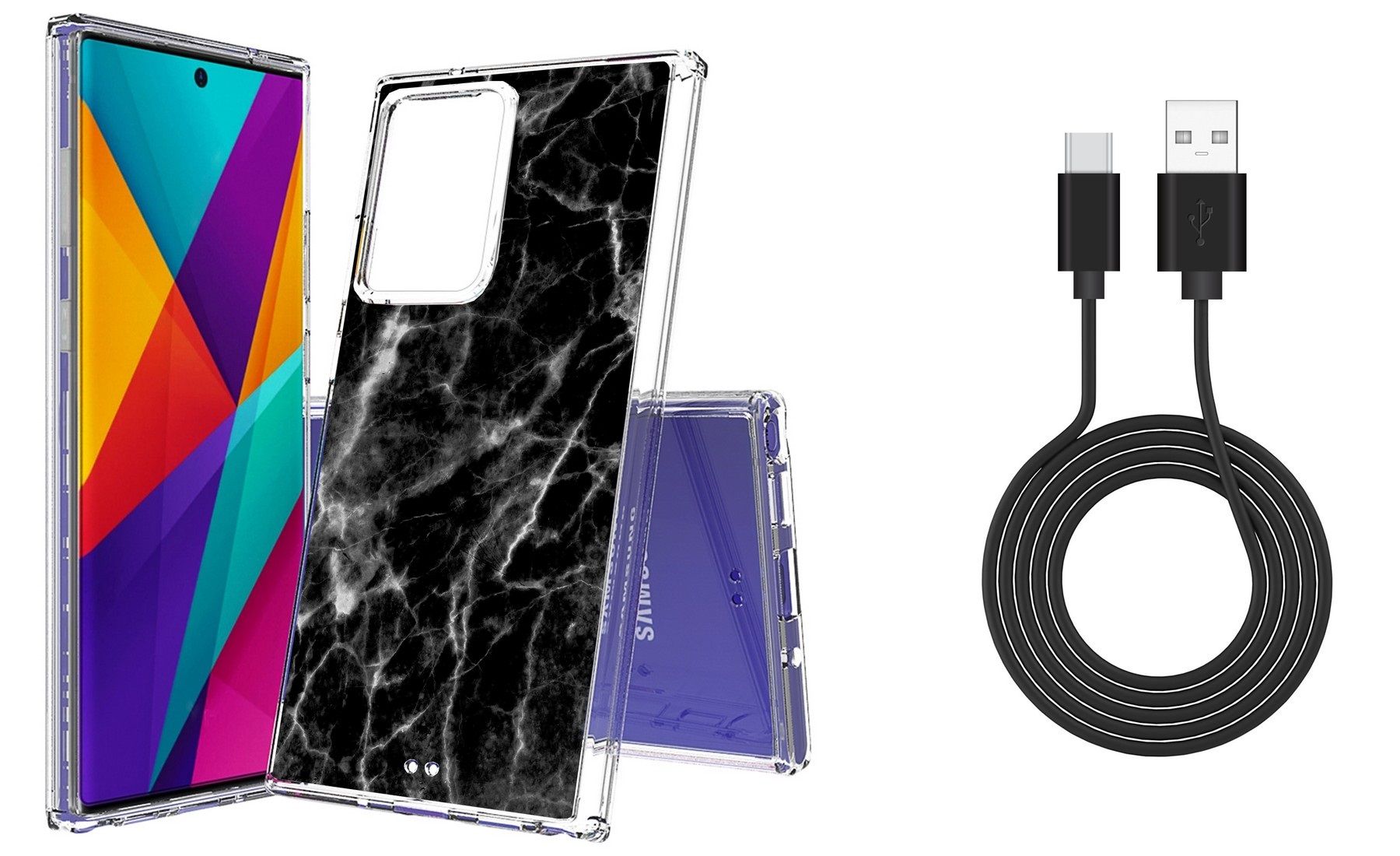

Now that we've had a chance to evaluate the Note 20 Ultra's camera performance, we can confirm that it is capable of some of the finest photography you'll find in any phone. That's more megapixels than the 8MP shooter on the front of the Note 9. Up front, both the Note 20 and Note 20 Ultra feature a 10MP selfie cam.
#Samsung galaxy note c upgrade
Throw in the Note 20 Ultra's ability to shoot 8K video in a 21:9 aspect ratio at up to 24 frames per second, and the cameras are a decided upgrade over what Samsung's phablet offered just two years ago. While these camera specs are reminiscent of what Samsung offered with this spring's Galaxy S20 phones, for Note 9 users, this will be a big upgrade in what their phones can shoot. The standard Note 20 features a 12MP main lens, 12MP ultra wide camera and 64MP telephoto lens with 3x lossless zoom. A 12MP ultra wide camera and 12MP telephoto lens capable of supporting a 5x optical zoom completes the trio of cameras, while a laser autofocus sensor should improve the phone's ability to quickly focus on shots. The Note 20 Ultra has the more elaborate camera array of the pair, highlighted by its 108MP main shooter. Galaxy Note 20 (Image credit: Tom's Guide) Things have gotten more sophisticated with the new crop of Galaxy Note phones, as both of the latest models offer at least a trio of sensors. Remember when two cameras on the back of a phone was the height of luxury? If you're still using the Galaxy Note 9, you surely do as that handset uses a pair of 12-megapixel shooters to handle mobile photography. (Numbers closer to zero in the Delta-E test are better.) Samsung Galaxy Note 20 vs. The latter figure is higher, but then the Note 9's hues are comparatively less accurate, with the older phone delivering a Delta-E score of 0.34, compared to the Note 20 Ultra's 0.24 result. The Note 9 hits 604 nits and achieves 224%. In terms of brightness and colors, the Note 20 Ultra reaches a peak of 662 nits and can render 201% of the sRGB spectrum in its default Vivid configuration. The Note 9 also features a fingerprint reader on the back of the phone instead of embedding the sensor underneath the display, as Samsung did with the Note 20 and Note 20 Plus. The Galaxy Note 9 predates Samsung's switch to Infinity O displays, so you'll still get a noticeable bezel at the top and bottom of the display. Then again, the Galaxy Note 20 doesn't support that feature either.īoth the Galaxy Note 20 and Note 20 Ultra use a punch-hole cutout to house their lone front camera which allows Samsung to shrink the bezels on those two new phones. You won't find that faster refresh rate on the Galaxy Note 9, so scrolling won't be as smooth and supported games won't be as immersive. That Note 20 Ultra screen also boasts a dynamic 120Hz refresh rate that adjusts depending on what kind of activity you're doing with your phone.
#Samsung galaxy note c full
The Note 20 makes do with Full HD resolution, while the Note 20 Ultra sports the sharper screen with Quad HD resolution. Samsung's older phones boast a resolution of 2960 x 1440. The Note 20 feels like a step back from the Note 9 in another way.

The Note 20 Ultra, in contrast, lives up to its high-end price tag, with a matte-etched slab of glass on the back bordered by a gleaming metallic frame. The illusion might hold up at first glance, but use the Note 20 on a regular basis, and you'll likely notice it's not built from the same materials as the Note 9. The Note 20 features a plastic body, albeit one that's designed to look and feel like glass. The Note 20 may cost the same as the Note 9, but Samsung has used decidedly cheaper materials on its new phablet. © Hutchison 3G UK Limited 2002 - Present.The Galaxy Note 20 and Note 20 Ultra (Image credit: Tom's Guide) Hutchison 3G UK Ltd | Registered address: 450 Longwater Avenue, Green Park, Reading, Berkshire, RG2 6GF | Registered in England & Wales | Registered company number: 03885486 | Authorised and regulated by the Financial Conduct Authority (registration number: 738979)


 0 kommentar(er)
0 kommentar(er)
